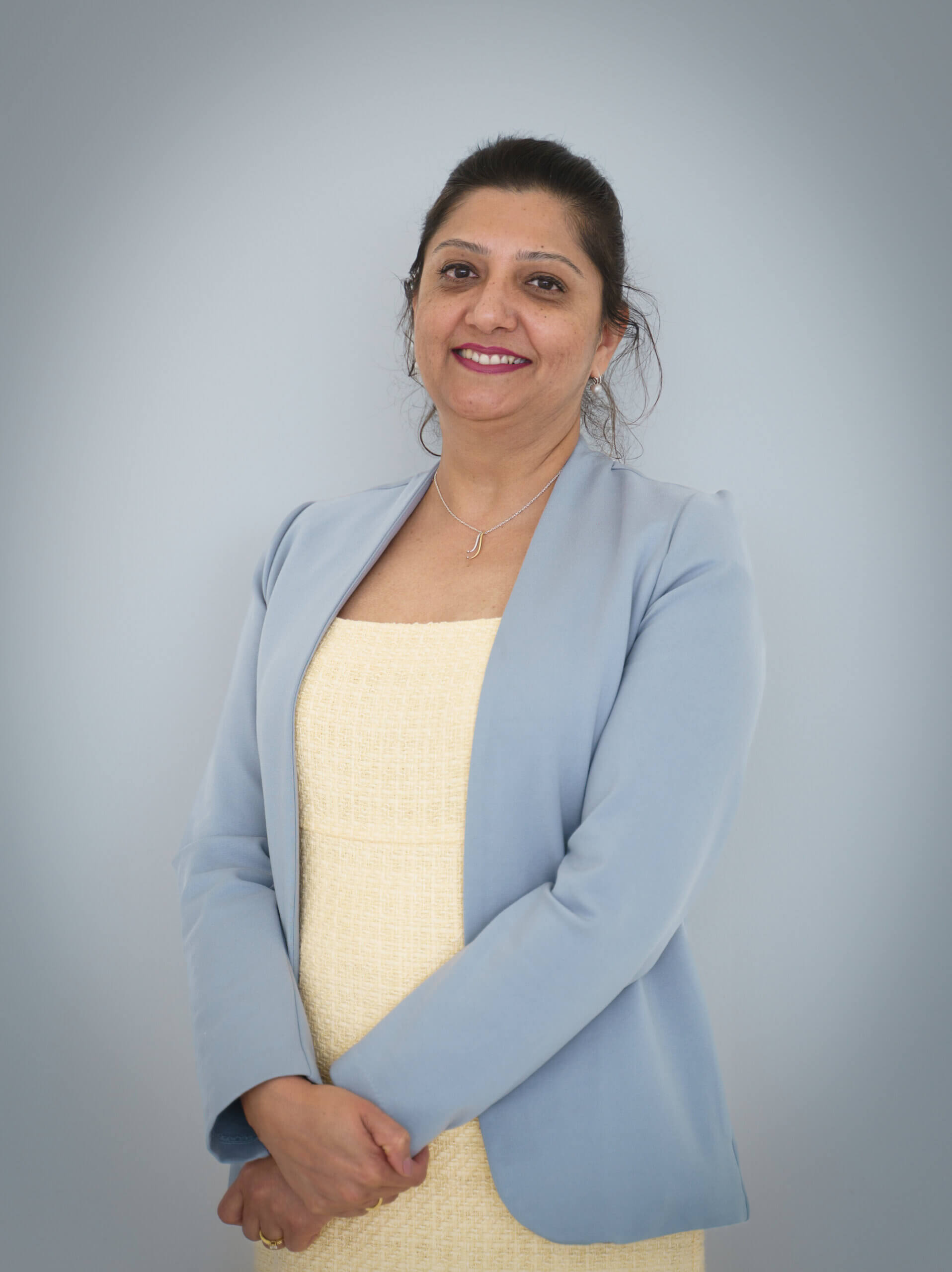Osteoarthritis (OA) is the most common chronic form arthritis. Also known as a degenerative joint disease or wear and tear arthritis, it tends to occur in the hands, hips and knees.
When two bones come together, it is known as a joint. The ends of these bones are usually covered with a protective tissue known as cartilage which is a protein substance that acts as a cushion between the joints and bones. With OA, the cartilage breaks down causing the underlying bones to rub together and change. The changes begin slowly and worsen over time. This results in pain, stiffness, swelling and creaky joints. It can also cause reduced function and disability as some individuals who are diagnosed with OA can no longer do their daily tasks or work. If left untreated, osteoarthritis can lead to deformity of the joints.
Although OA mostly occurs in older people, it can also occur in adults of any age.
Causes of Osteoarthritis
OA is caused by the breakdown or damage of joint cartilage between bones or the wear and tear of cartilage which can occur over a long period of time. Other causes of OA include past injuries such as:
- Dislocated cartilage
- Torn cartilage
- Ligament injuries
Risk factors of developing OA include:
- Age: The risk of developing OA increases with age
- Obesity: Extra weight puts excess pressure on joints or strains them thus increasing the risk of OA in that joint
- Gender: Women are more prone to developing OA as compared to men
- Genetics: The condition can also be inherited
Symptoms of Osteoarthritis
Although OA can occur at any joint, the most common affected areas are the fingertips, hands, spine, hips and knees.
The symptoms of osteoarthritis include:
- Swelling of the joints
- Stiffness of the joints
- In some cases, redness on the area in question may be visible
- Decrease in range of motion
- Crackling sound from the joints
- Joint deformity if left untreated
- Severe pain which can lead to limping
The pain associated with OA tends to get worse with its advancement.
Diagnosis of Osteoarthritis
OA is a slow developing condition and it can be hard to diagnose until it starts to cause pain. A physician can diagnose OA through a review of the symptoms. An exam will also be performed to check the status of the fluid in the joints, and to establish any other symptoms of the condition.
To get a definite diagnosis, blood and fluid would need to be extracted from the joints for analysis. This helps in determining the type of arthritis you may have, as well as the severity of the disease.
Imaging scans of the joints may also be used during the diagnosis process, and these include MRI scans, X-ray, CT Scans, and Ultrasound.
A doctor who specializes in arthritis who is known as a rheumatologist can help with the diagnosis.
Treatment of Osteoarthritis
There is no known cure for OA hence doctors usually try to manage the symptoms. After a definitive diagnosis, a treatment protocol may be started. The aim of the treatment is to minimize the intensity of the symptoms associated with Osteoarthritis including pain, discomfort and swelling, to improve the function of the affected joints, and to prevent any more damage to the said joints. The type of treatment a patient receives usually depends on the severity of the symptoms and location. Treatment involves a combination of medications such as anti-inflammatories, topical treatments to be rubbed on the affected joints, analgesics to relieve pain among others that your doctor would prescribe. If the medications don’t work, then a more non-conservative approach may be required, such as joint replacement surgery (knee replacement, hip replacement, shoulder replacement). King’s advanced joint replacement centre provides the latest minimally invasive techniques for joint replacement, that have minimal downtime, minimal pain and quick recovery. Click to learn more about King’s Joint Replacement Centre
Next Step
At King’s College Hospital Dubai, we focus on offering an exemplary service, from initial consultation through to final diagnosis and treatment and beyond. Our multidisciplinary team of expert doctors, nurses, physio therapists are here to offer tailored management and treatment of your condition, and to answer any questions that you might have throughout your time with us. Whatever you need us for, we’re only a phone-call away.
Back to Rheumatology Centre page
Back to Degenerative Joint Disorders page
Back to Joint Replacement Centre
Faqs
الأسئلة الأكثر شيوعا
Dr Tharaq Barami is considered the best Rheumatologist in Dubai.
BOOK AN APPOINTMENT






